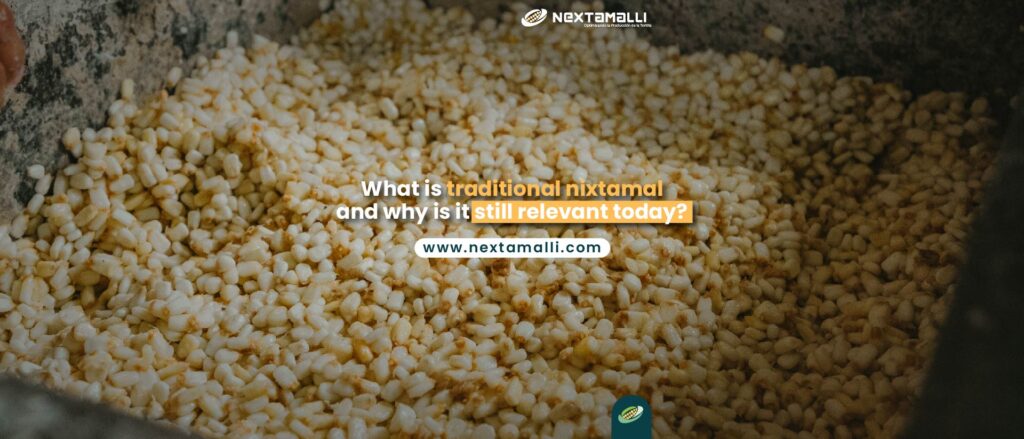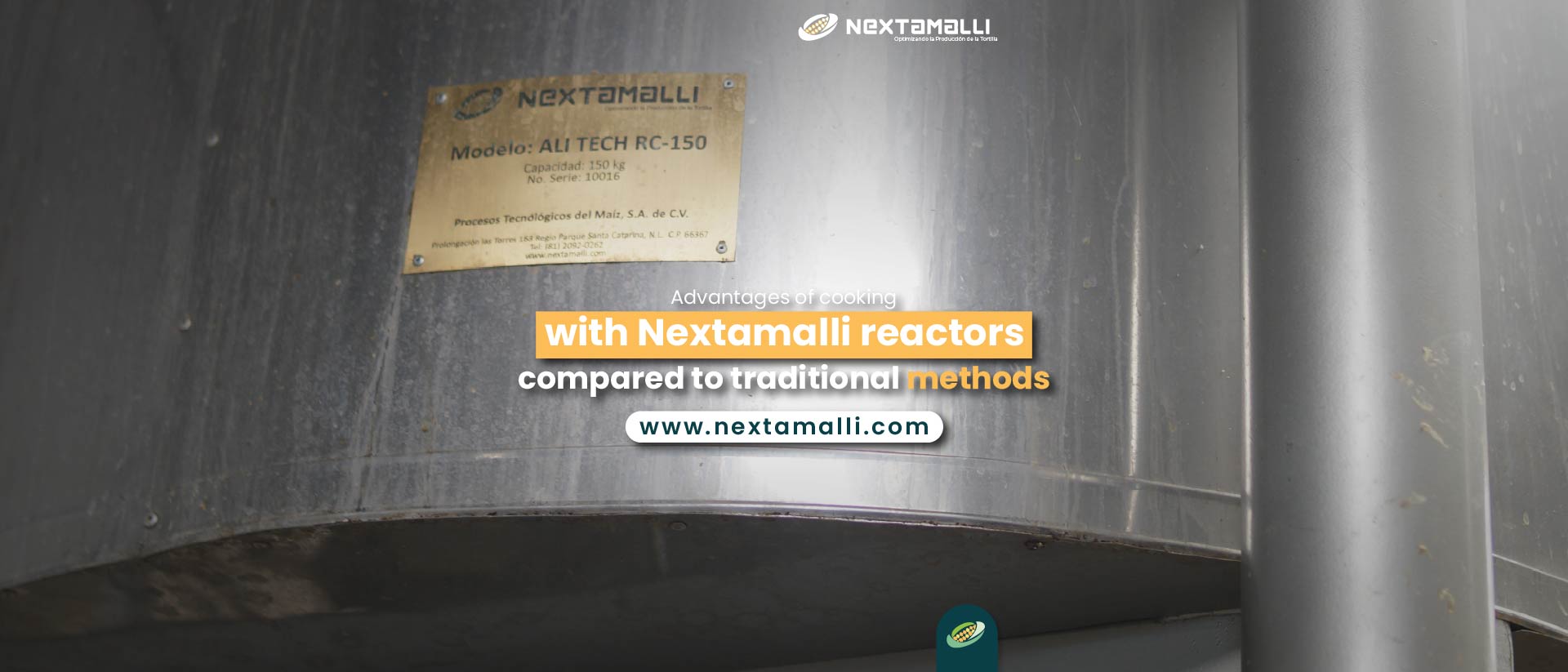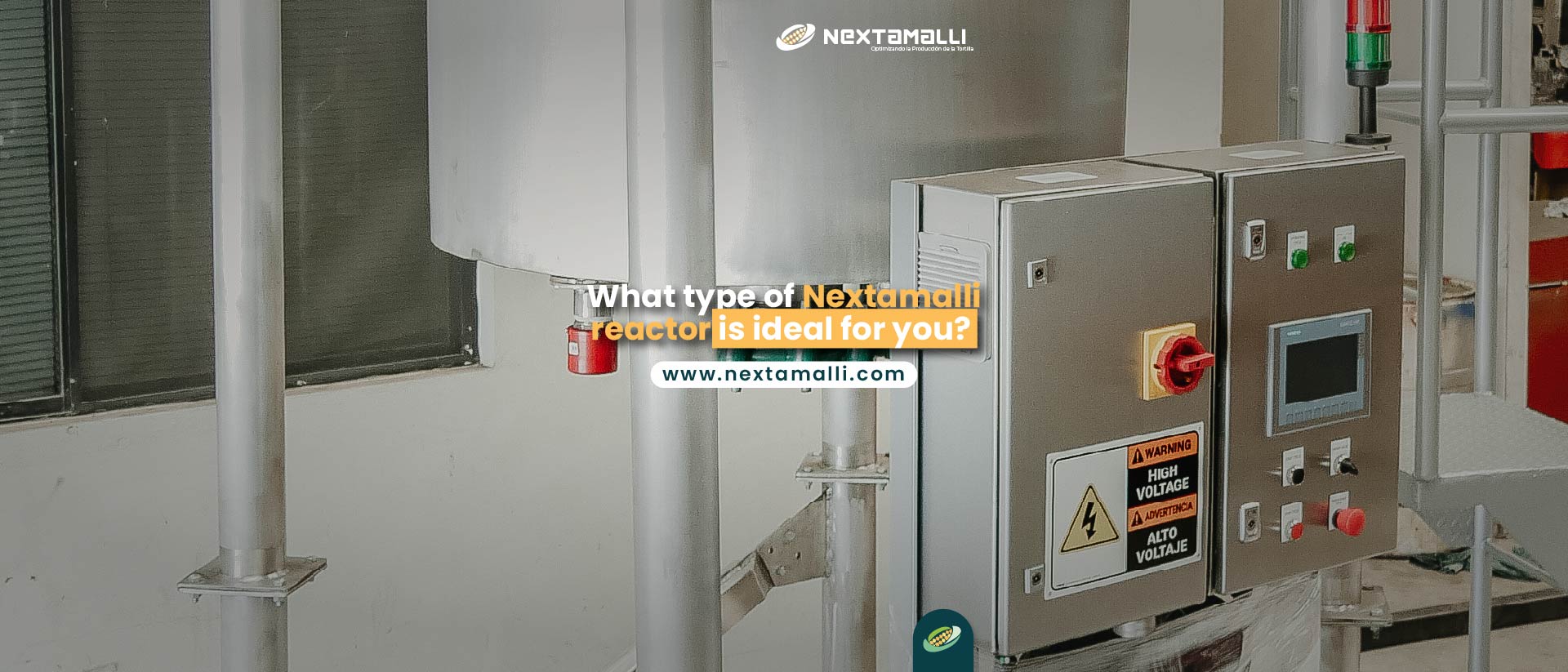Although the food industry is constantly evolving and technology has transformed countless processes, some practices have stood the test of time. One of them is traditional nixtamal, a method that has endured for centuries and continues to be used in many homes and tortillerías throughout Mexico.
But what makes it so special? And why does it remain relevant even with the rise of modern alternatives? In this article, we’ll break down everything you need to know about this technique and its cultural, nutritional, and culinary value.
🏺 What is traditional nixtamal?
Traditional nixtamal is the process of cooking corn in water with lime (calcium hydroxide) to soften the kernels, remove the outer skin (pericarp), and enhance the corn’s nutritional value. After cooking, the corn is left to rest (usually overnight), then rinsed and ground into fresh masa.
This process has been used in Mesoamerica for over 3,500 years and is the foundation for tortillas, tamales, atoles, and other staple foods in the Mexican diet.
💡 Why is it important?
Unlike simply boiling corn in water, the nixtamalization process has multiple benefits:
- Improves digestibility of the grain.
- Increases nutrient bioavailability, including calcium and niacin.
- Reduces antinutrients found in raw corn.
- Provides a unique flavor and texture to tortillas—something that industrial flour can’t replicate.
Thanks to this process, the traditional tortilla is one of the world’s most nutritious and accessible foods.
🧑🍳 Why is it still used today?
Despite the rise of instant masa and industrial processing, many families and businesses continue to use traditional nixtamal for several key reasons:
- Authentic taste – Nixtamal gives tortillas a deeper flavor and natural aroma.
- Cultural heritage – For many, nixtamal is a living legacy passed down through generations.
- Full process control – It allows precise selection of corn, lime, and cooking time.
- Customer demand – Many people now seek “authentic” tortillas made the old-fashioned way.
⚖️ Is traditional nixtamal compatible with modern technology?
Absolutely! At Nextamalli, we believe the future lies not in replacing our traditions, but in enhancing them through technology. That’s why we’ve developed reactors that preserve the principles of traditional nixtamal while optimizing time, gas usage, and efficiency.
This allows tortillerías to maintain the flavor and quality of the past—while operating in a more sustainable and profitable way.
✅ Conclusion
Traditional nixtamal is more than a cooking method: it’s cultural heritage, nutritional strength, and national identity. It remains relevant because it represents the best of our past—with room to grow into the future. At Nextamalli, we’re here to help you take that next step.





